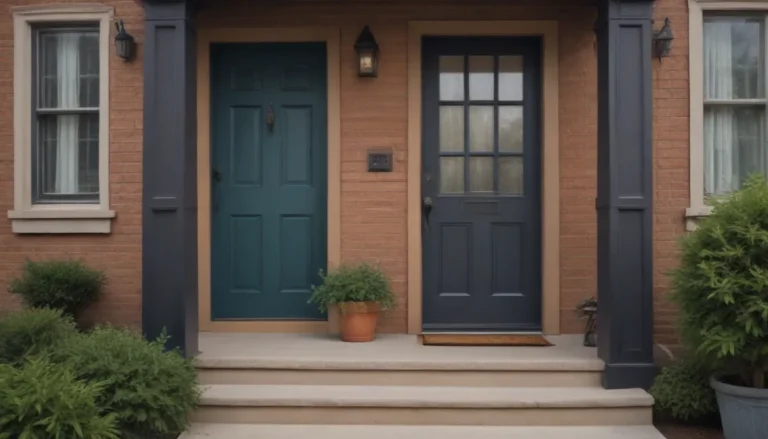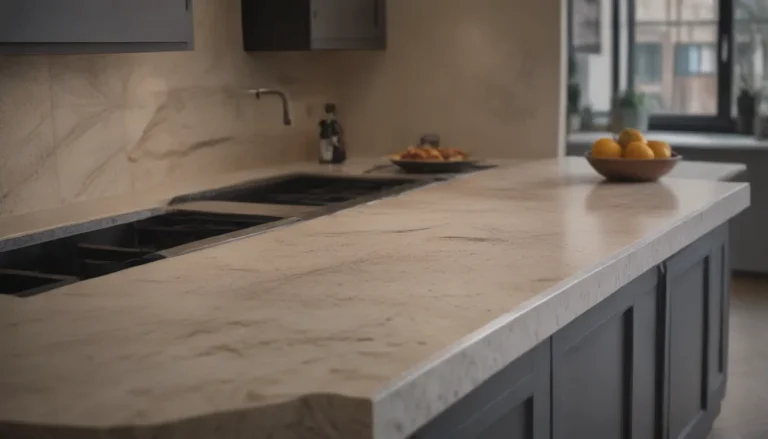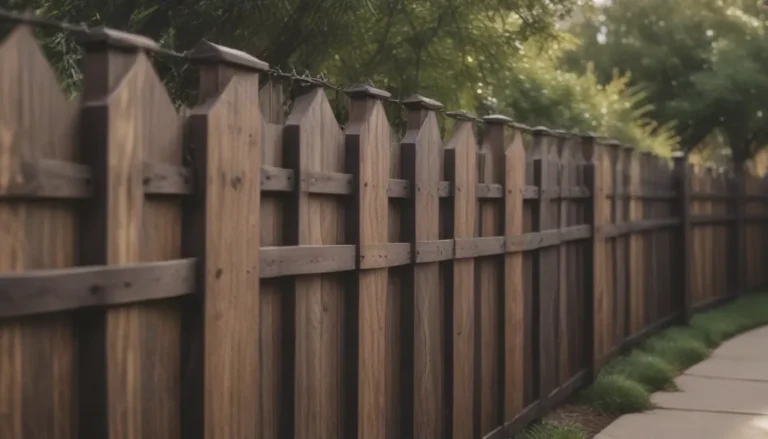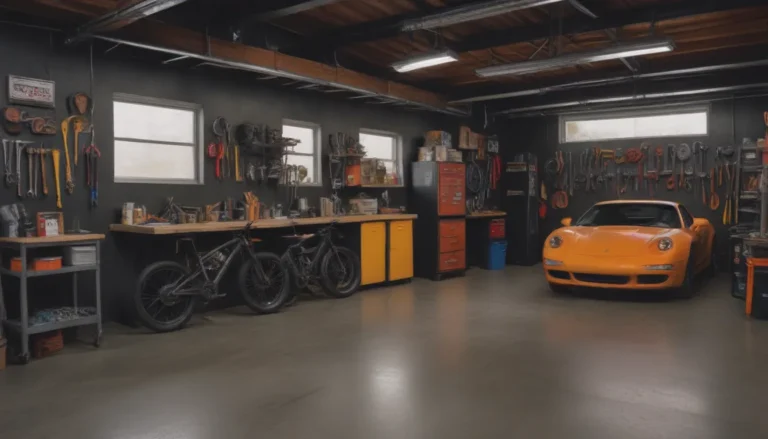Retrofit Windows: Enhancing Energy Efficiency in Your Home
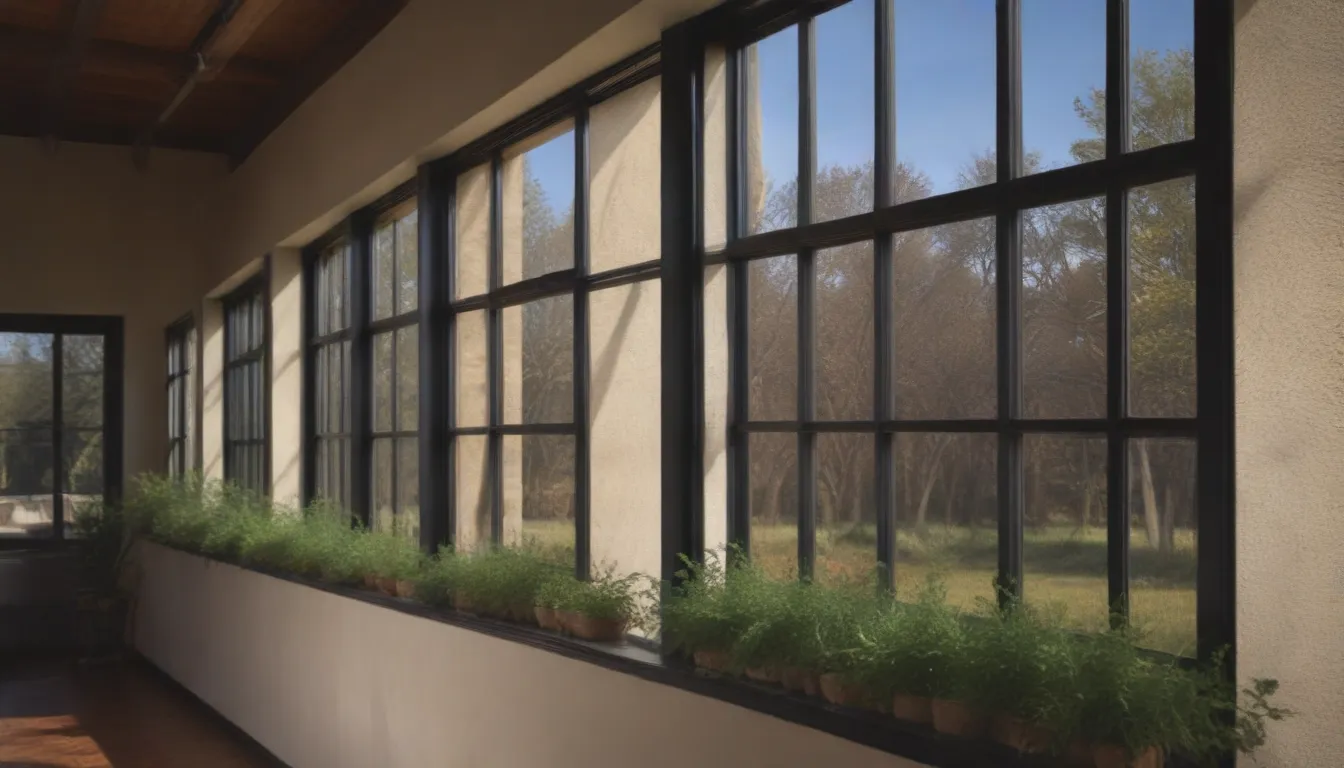
Are you looking to improve the energy efficiency of your home but dreading the costly process of replacing all your windows? Retrofit windows might be the perfect solution for you. In this comprehensive guide, we will explore the world of retrofit windows, including their pros, cons, and different types available in the market. By the end of this article, you will have a better understanding of how retrofit windows can help you save money and energy without breaking the bank.
Understanding Retrofit Windows
Retrofit windows are essentially modifications made to existing windows to enhance their energy-saving capabilities. These modifications can include installing storm windows, interior window panels, or thermal blinds. According to The National Trust for Historic Preservation, retrofit strategies can significantly improve the energy performance of your existing windows at a fraction of the cost of replacing them entirely. This means that retrofit windows can be a cost-effective alternative to achieving energy savings in your home.
The Pros and Cons of Retrofit Windows
Before diving into the different types of retrofit windows available, let’s take a look at some of the pros and cons of opting for retrofit solutions over full window replacement.
Pros:
- Cost-effective: Retrofit windows are generally more affordable than replacing all the windows in your home.
- Energy-efficient: Retrofit solutions can help reduce energy loss and lower your utility bills.
- Versatile: Retrofit options offer a variety of choices to suit your specific needs and preferences.
Cons:
- Limited effectiveness: While retrofit windows can improve energy efficiency, they may not provide the same level of performance as brand-new windows.
- Limited lifespan: Some retrofit solutions may have a shorter lifespan compared to new windows.
- Not suitable for all situations: Retrofit windows may not be the best option for windows that are damaged or in need of extensive repair.
Types of Retrofit Windows
When it comes to retrofit windows, there are several options to choose from. Let’s take a closer look at some of the most common types available in the market:
Exterior Storm Windows
Exterior storm windows are installed on the outside of your existing windows to provide an additional layer of insulation. While storm windows can help improve energy efficiency, it is essential to choose high-quality products and install them correctly to maximize their effectiveness. Look for low-e single-clear operable exterior storm windows with aluminum triple-track frames for the best value.
Interior Window Panels (Inside Storm Windows)
Interior window panels, also known as invisible storm windows, are installed parallel to your existing windows to enhance thermal and air leakage performance. Unlike temporary window film insulation, interior storm windows are solid acrylic and semi-permanent, providing long-lasting benefits for your home.
Cellular Blinds (Interior Insulating Blinds)
Cellular blinds are another popular retrofit option for enhancing energy efficiency. These lightweight fabric blinds create a thermal shield between the cold window and the warm interior, helping to reduce heat loss. While cellular blinds may limit natural light, they can be a valuable addition during colder months when maximizing insulation is crucial.
When to Choose Retrofits
If your existing window frames are in good condition and you are looking to improve energy efficiency without the high cost of replacement, retrofit windows could be an excellent choice for your home. It is essential to choose Energy Star and AERC-rated products to ensure optimal performance and energy savings. However, retrofit windows may not be suitable for windows with significant damage or issues such as leaking, rotting, or air loss, which may require full replacement.
In conclusion, retrofit windows offer a cost-effective and efficient alternative to replacing all the windows in your home. By choosing the right retrofit solutions, you can enhance energy efficiency, save money on utility bills, and enjoy a more comfortable living environment. Consider the pros and cons of retrofit windows carefully and explore the different types available to find the best option for your home.
Remember, when it comes to improving energy efficiency in your home, retrofit windows can be a valuable investment that pays off in the long run. Make informed decisions based on your specific needs and budget to create a more sustainable and comfortable living space for you and your family.
Sources:
– 10 Things You Should Know About Retrofitting Historic Windows. The National Trust For Historic Preservation.
– Storm Windows. Energy Saver, U.S. Department of Energy.
– Energy Efficient Window Coverings. Energy Saver, U.S. Department of Energy.
– Interior Storm Windows and Panels. Building America Solution Center, U.S. Department of Energy.
